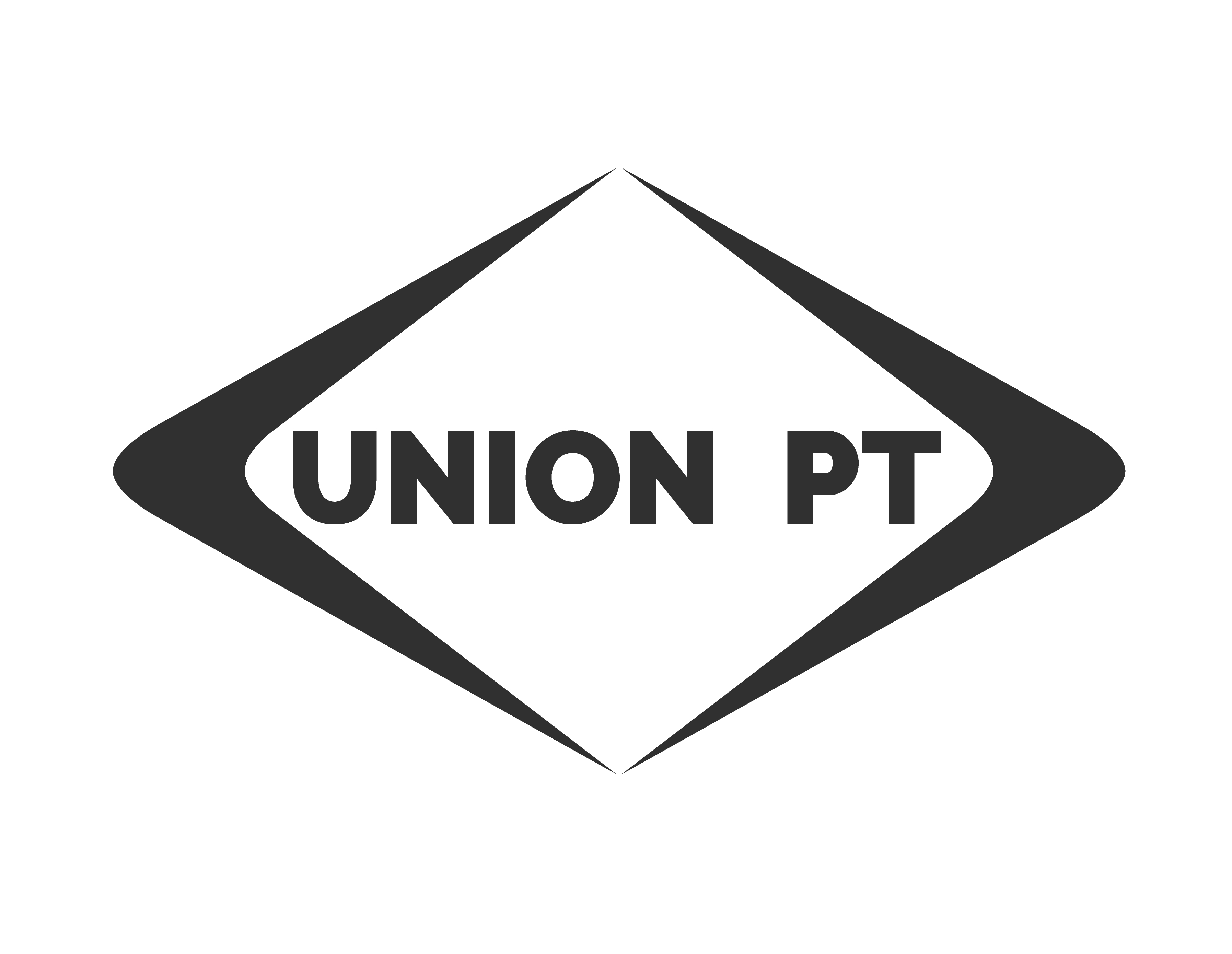Facet joint: The facet joints are small joints that link adjacent vertebrae of your spine. There are two facet joints to each pairing of vertebrae (right and left), and you have facet joints at every level of the spine, with the exception of the top-most vertebrae connecting your head to your spine.
Injury: Facets can become inflamed due to a car accident, sleeping in a mal-aligned position, overuse from sports or heavy labor, or sometimes due to a sudden or unexpected jerk or movement of the spine.
Arthritic changes: Facets can become inflamed as the spine ages and the cartilage that pads the joint surface wears down, leading to swelling, pain, and stiffness often associated with arthritis. This is usually due to the normal aging process, however these symptoms may be accelerated due to trauma at a younger age.
Bone spurs: As cartilage is lost between the joint surfaces, the bones may begin to rub together, creating a bone spur. A bone spur can take up space n the openings where nerves exit the spine, putting pressure on the nerve.

Physical therapy for spinal facet joint pain might include:
Manual therapy:
- Soft tissue treatment: Hands on treatment of muscles surrounding the region of your facet related symptoms will assist with reducing pain, improving muscle relaxation, and improving the ability of joints to move normally. Muscle pain contributing to your symptoms may be due to:
- Muscle guarding: Injury or pathology at the level of the spine often causes the body to subconsciously guard the area by tightening up muscles in the region; this phenomenon is known as muscle guarding.
- Muscle stiffness: Changes in alignment and movement related to ergonomics, postural habits, and repetitive overuse can cause a muscle to become chronically tight.
- Joint mobilization: Hands on treatment focused at the level of the joint surfaces to reduce pain, improve joint specific mobility, and re-educate proper joint movement. This may be targeted at the level of the spine you are experiencing your pain, as well as above and/or below the level of your symptoms to address contributions to your specific problem.
Strengthening:
- Neuromuscular re-education: Training targeted at re-educating faulty movement patterns, improving muscle coordination, or facilitating muscle firing in muscles that are weak or inhibited. These movements are often small in nature and not targeted at making muscles bigger.
- Stabilization: Exercises targeting strength and endurance of the muscles closest to your joints (and therefore better at stabilizing joints than moving them).
- Activity training: Exercises targeted to your specific goals, fitness activities, recreational activities, or job requirements that will facilitate return to your lifestyle prior to pain.
Therapeutic ultrasound:
- Ultrasound: Used therapeutically, ultrasound utilizes sound waves to reach the targeted tissue creating a vibration to heat up the tissues. Ultrasound can be effective to calm down irritable tissue that may not respond well to hands on techniques. It may also be used to reduce local swelling, relax tissue, improve blood flow for tissue healing, and break down scar tissue.
Taping:
- Taping: Taping can be help to offload painful joint structures in the spine and support them while you optimize muscle function and movement allowing this painful areas to heal.


